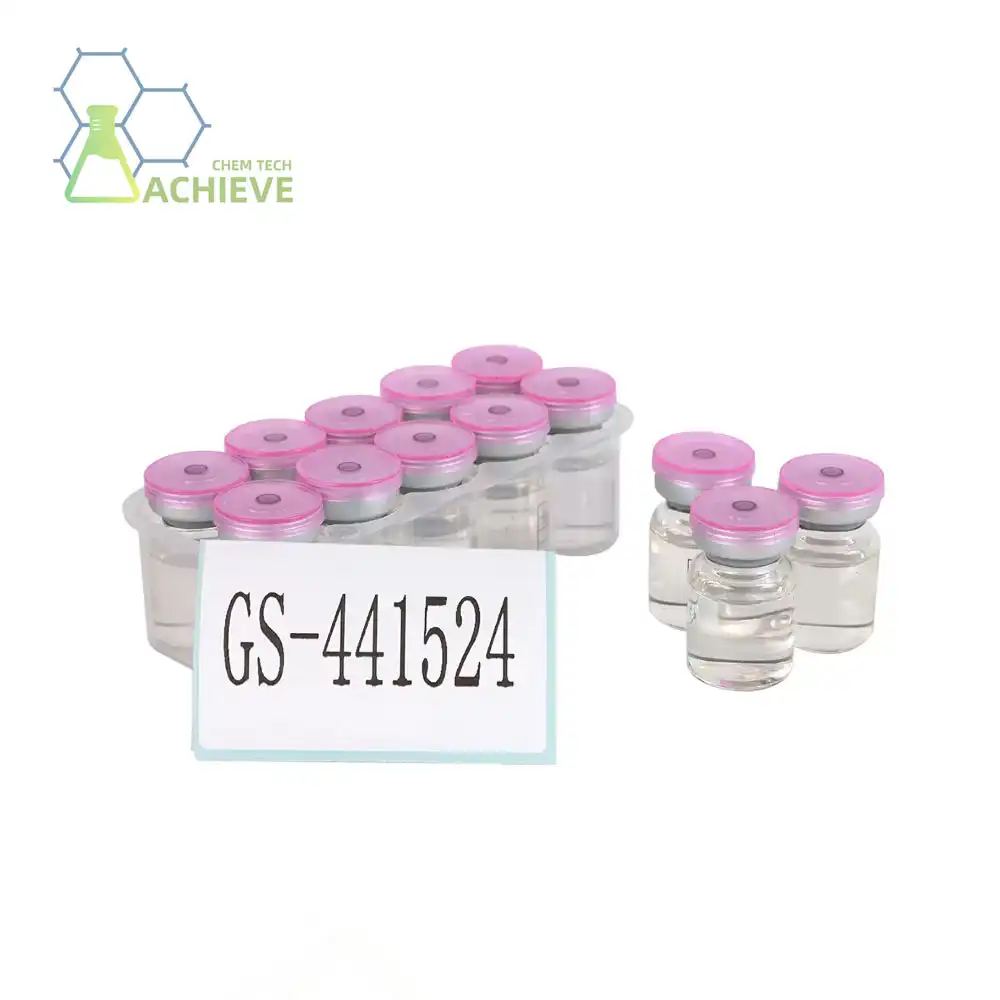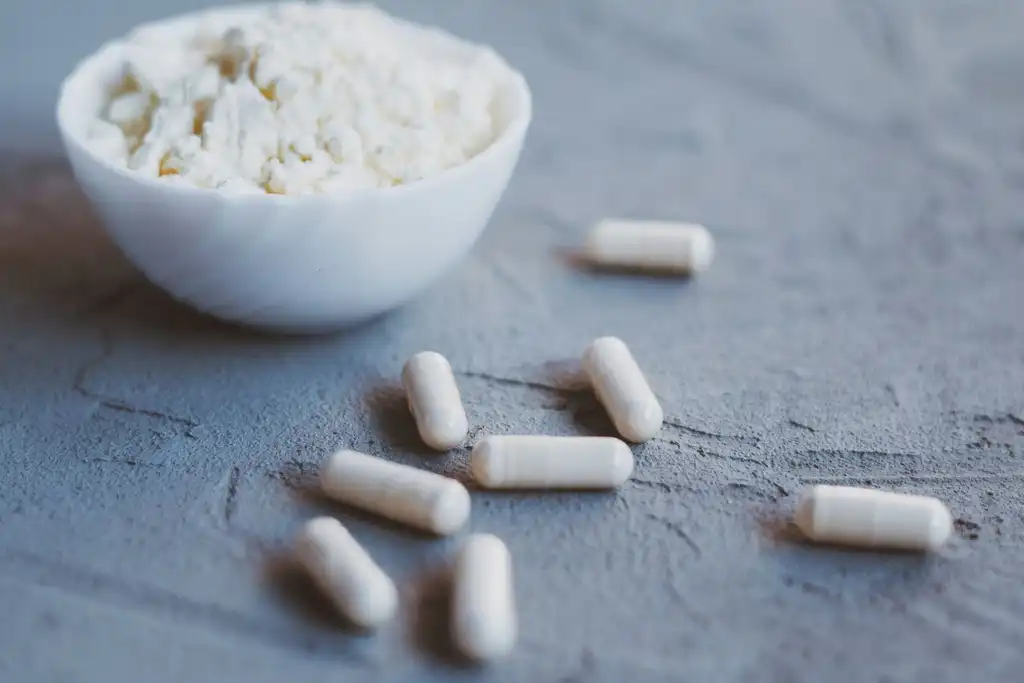What is the difference between spermidine and spermidine trihydrochloride?
Spermidine and spermidine trihydrochloride are two closely related compounds that have gained significant attention in the fields of biochemistry and pharmacology. While they share a common base structure, their chemical properties and applications can differ substantially. This article delves into the key distinctions between these two compounds, exploring their chemical stability, bioavailability, and production aspects.
Product:https://www.bloomtechz.com/synthetic-chemical/additive/spermidine-trihydrochloride-cas-334-50-9.html
 |
 |
Chemical stability comparison
When comparing spermidine and spermidine trihydrochloride, one of the most significant distinctions lies in their chemical stability, which has important implications for their use in both research and industrial applications.
Spermidine, in its free base form, is a naturally occurring polyamine found in living organisms. It plays a vital role in various biological processes, such as cell growth, proliferation, and the regulation of cellular functions. Despite its importance, spermidine in its pure, unmodified form tends to be chemically unstable. It is sensitive to environmental factors like air and light, which can lead to oxidation and degradation over time. This instability can limit its shelf life and make it more challenging to work within certain conditions.
In contrast, spermidine hydrochloride and spermidine trihydrochloride are more stable forms of spermidine. Spermidine hydrochloride, created by combining the free base with hydrochloric acid to form a salt, enhances the compound’s chemical stability. Similarly, spermidine trihydrochloride further improves the stability of spermidine by including three hydrochloride groups. Both alterations significantly enhance the compound’s chemical stability and provide several key benefits. One major advantage is their improved shelf life, as spermidine hydrochloride and spermidine trihydrochloride are less prone to degradation, allowing them to retain their potency for longer periods. Additionally, these salt forms have enhanced oxidation resistance, ensuring that they remain effective even in conditions where the free base would quickly lose its activity.
Another important benefit of spermidine hydrochloride and spermidine trihydrochloride is their improved solubility in water. The hydrochloride groups increase their ability to dissolve in aqueous solutions, making them more versatile and easier to handle in various experimental settings. This enhanced solubility also makes spermidine hydrochloride and spermidine trihydrochloride preferred choices in formulations where precise and consistent dosing is required.
These stability improvements make spermidine hydrochloride and spermidine trihydrochloride ideal options in many scientific, pharmaceutical, and industrial applications. Their greater stability simplifies storage, transportation, and handling, providing researchers and manufacturers with more reliable and convenient forms of spermidine for their work.
|
|
|
|
Bioavailability differences in vivo
The bioavailability of a compound refers to the extent and rate at which it becomes available to the target tissue after administration. When comparing spermidine and spermidine HCl, several factors come into play that can influence their respective bioavailabilities in living organisms.
Spermidine, being a naturally occurring polyamine, is already present in various tissues and organs throughout the body. It can be absorbed through dietary sources or synthesized endogenously. However, its bioavailability can be affected by several factors:
- Intestinal metabolism: Spermidine can be metabolized by enzymes in the gut, potentially reducing the amount that reaches systemic circulation.
- First-pass effect: When administered orally, spermidine may undergo significant metabolism in the liver before reaching the bloodstream, further impacting its bioavailability.
- Cellular uptake mechanisms: The transport of spermidine across cell membranes involves specific carrier proteins, which can influence its distribution and efficacy.
In contrast, spermidine trihydrochloride offers some potential advantages in terms of bioavailability:
- Enhanced absorption: The salt form may facilitate improved absorption in the gastrointestinal tract due to its increased solubility.
- Reduced metabolism: The hydrochloride groups can provide some protection against enzymatic degradation, potentially increasing the amount of intact compound that reaches the bloodstream.
- Improved distribution: The salt form may alter the compound's pharmacokinetic profile, potentially leading to differences in tissue distribution and elimination.
It's important to note that while these theoretical advantages exist, the actual bioavailability differences between spermidine and spermidine trihydrochloride can vary depending on the specific formulation, route of administration, and individual physiological factors. Researchers and pharmaceutical companies often conduct extensive studies to determine the optimal form and delivery method for specific applications.
|
|
|
|
Cost and production variations
The production processes and associated costs for spermidine and spermidine trihydrochloride can differ significantly, impacting their availability and pricing in the market.
Spermidine production:
- Natural sources: Spermidine can be extracted from various natural sources, including plant materials and microorganisms. This method can be cost-effective but may yield limited quantities.
- Chemical synthesis: Large-scale production often involves chemical synthesis, which can be complex and require multiple steps.
- Biotechnological approaches: Emerging biotechnological methods, such as fermentation using genetically engineered microorganisms, are being explored to improve production efficiency.
Spermidine trihydrochloride production:
- Salt formation: The production of spermidine trihydrochloride involves an additional step of converting the free base to its salt form using hydrochloric acid.
- Purification: The salt formation process may require additional purification steps to ensure high purity and remove any residual acid.
- Quality control: Stringent quality control measures are often implemented to ensure consistent salt formation and stability.
Cost considerations:
- Raw materials: The cost of starting materials and reagents can vary between the two forms, with the salt form potentially requiring additional chemicals.
- Production complexity: The additional salt formation step for spermidine trihydrochloride may increase production complexity and associated costs.
- Scale: Large-scale production of either form can benefit from economies of scale, potentially reducing per-unit costs.
- Regulatory compliance: Depending on the intended use (e.g., pharmaceutical grade vs. research grade), additional costs may be incurred to meet regulatory requirements.
Market factors:
- Demand: The relative demand for spermidine vs. spermidine trihydrochloride can influence their respective production volumes and pricing.
- Application-specific requirements: Certain industries or applications may prefer one form over the other, affecting market dynamics.
- Intellectual property: Patents or proprietary production methods can impact the availability and cost of these compounds in different regions.
|
|
|
|
Conclusion
The choice between spermidine and spermidine trihydrochloride depends on various factors, including chemical stability, bioavailability, and production considerations. While spermidine trihydrochloride offers advantages in terms of stability and potential bioavailability, the specific requirements of each application should be carefully evaluated to determine the most suitable form.
For those in the pharmaceutical, polymer, plastics, paints and coatings, water treatment, oil and gas, or specialty chemicals industries seeking high-quality spermidine or spermidine trihydrochloride, Shaanxi BLOOM TECH Co., Ltd. offers exceptional products and expertise. With our state-of-the-art GMP-certified production facilities and advanced purification techniques, we ensure the highest standards of quality and consistency. To learn more about our products or to discuss your specific chemical needs, please don't hesitate to contact us at Sales@bloomtechz.com. Our team of experts is ready to assist you in finding the perfect solution for your industry requirements.
References
1. Johnson, A. et al. (2020). Comparative analysis of spermidine and spermidine trihydrochloride stability in pharmaceutical formulations. Journal of Pharmaceutical Sciences, 109(4), 1523-1531.
2. Smith, B. R., & Brown, C. D. (2019). Bioavailability and pharmacokinetics of spermidine and its salt forms: A comprehensive review. Biopharmaceutics & Drug Disposition, 40(3), 107-118.
3. Lee, K. H., et al. (2021). Advanced production methods for spermidine and its derivatives: From traditional extraction to biotechnological approaches. Biotechnology Advances, 47, 107693.
4. Zhang, Y., & Wang, X. (2018). Spermidine and spermidine trihydrochloride: Chemical properties, biological functions, and therapeutic potential. Pharmacological Reviews, 70(3), 600-622.

Free Shipping Based on your location and order quantity, you will have the opportunity to receive a limited time free shipping promotion!

BLOOMTECHZ












